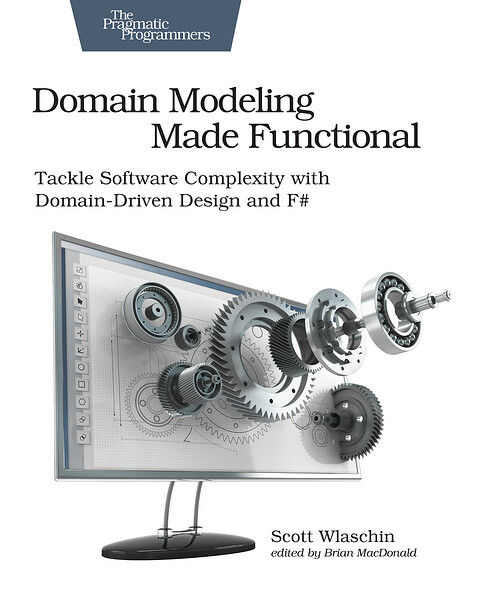Scott Wlaschin @swlaschin
Edited by Brian MacDonald @bmacdonald
You want increased customer satisfaction, faster development cycles, and less wasted work. Domain-driven design (DDD) and functional programming is the innovative combo that will get you there. Applying the core principles of functional programming results in software designs that model real-world requirements elegantly and concisely. Examples from business domains, with code in F#, show you how to build software that is business-focused, flexible, and high quality.
Model a complex domain using the F# type system, creating code that is also readable documentation. Encode business rules to create “compile-time unit tests,” and eliminate potential bugs by making illegal states unrepresentable. Discover why functional programming and DDD lead naturally to service-oriented architectures. Create a functional domain model that works with traditional databases, NoSQL, and event stores, and safely expose your domain via a website or API.
Solve real problems by focusing on real-world requirements for your software.
“Scott Wlaschin is one of the most important communicators in practical, applied programming today. In this book, he brings clarity and simplicity to the process of bridging the gap between requirements, customers, and concrete designs and code. Enjoy!”
–Don Syme, Researcher, Microsoft U.K.
Don’t forget you can get 35% off with your Devtalk discount! Just use the coupon code “devtalk.com" at checkout ![]()

